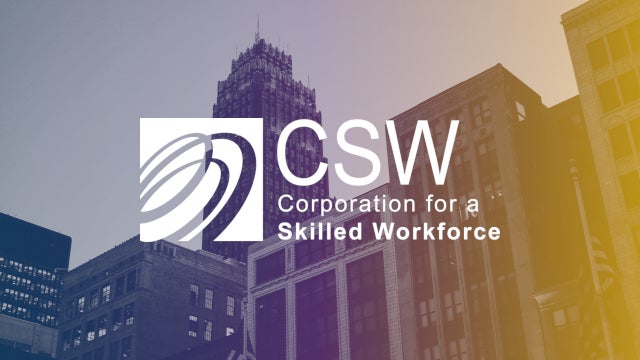Above, watch the full conversation “Shop ’til Who Drops? Exploring Retail Jobs this Holiday Season.”
“The problem in retailing today is that hours and pay are too low and too irregular,” said New York Times Editorial Board Member Teresa Tritch, kicking off a discussion about the challenges retail workers face, especially during the busy holiday shopping season. She added, “More than 10 percent of the workforce is employed that way, and if 10 percent of your workforce has low and variable earnings, than you cannot have a prosperous economy.”
The Aspen Institute Economic Opportunities Program recently convened a panel of labor experts and business leaders as a part of its Working in America series to explore the challenges that accompany unpredictable schedules in the retail industry and propose changes to the current structure to improve conditions for those workers.
Susan Lambert, associate professor at the University of Chicago School of Social Service Administration, opened the discussion by identifying key factors that pose challenges for the employee, which include employees:
- Not getting adequate hours
- Having variable hours
- Not being able to predict one’s schedule in advance
- Not having much or any control over that schedule
Lambert points out that it is this concept of control that is important. “If I’m the one who’s controlling it, we call that flexibility, and people want that,” she said. “But when you don’t control the number and timing of your hours, it feels a lot more like instability.”
These factors only become more problematic for low-income individuals. “Job schedules influence all of us,” said Jodie Levin-Epstein, deputy director of the Center for Law and Social Policy. “The issue is for those who are struggling to make ends meet, there is no cushion to fall back onto.” Without the ability to predict one’s own schedule and income, it becomes a serious hardship for those families to arrange regular childcare and to make other regular monthly payments like rent, insurance, and more.
From the employer’s perspective, William Tompkins, senior vice president for human resources at Macy’s Inc., explained how his company has dealt with many of these issues over the last several years. “I’m not surprised by what I’m hearing about volatility in schedules,” he said of the issues raised by the other panelists. “We heard that from our employees years ago.”
In response to these concerns, Macy’s created a new system for scheduling, where employees can dictate up front which days they are unable to work and how many days each week they are available to work. The system incorporates a mobile app where employees can pick up and trade shifts on short notice; also, schedules are now posted much further in advance. “For this holiday season, we’ve already posted seven weeks of schedules,” said Tompkins.
While improvements in job quality for retail workers, like those at Macy’s, are taking place, there is still a long way to go in making hours more predictable and wages less volatile for employees in this industry. One recommendation from the panelists to improve these conditions is to use data to better predict how many employees will be needed in a given week further in advance than is currently the case. Another idea is to impose mandated regulations on hours similar to regulations on wages. “We have minimum wage laws, but we don’t have any minimum hour laws,” Lambert said.
All of the panelists agree that going forward, the push for reform in retail worker conditions needs to come from the employers themselves. Tompkins explained that he sees improving job quality for his workers as an asset for Macy’s, as it gives them a competitive advantage with the ability to attract and retain top talent, which is a mindset that he feels more businesses need to adopt.
Lambert closed by highlighting the fact that employers genuinely do want to improve job quality for their workers; they just need the push to get them pointed in that direction. “We need to have steps that are identified and some technical assistance to employers to show them that it’s not necessarily rocket science,” she said. “Many of them already have the tools and technology in place to deliver greater stability and predictability to their workers.”

